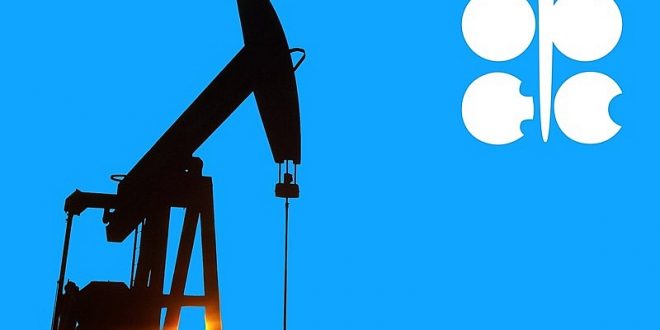Organisation of the Petroleum Exporting Countries (OPEC) said the proven crude oil reserves in the bloc’s member countries increased by 0.3 per cent to 1.237 billion barrels at the end of 2020, following a firm increase its previous year.
At the end of 2020, world proven natural gas reserves fell by 0.4 percent to approximately 206.7 trillion standard cubic metres (cu m). Proven natural gas reserves in OPEC member countries stood at 73.74 trillion standard cu m at the end of 2020, down 1.4 per cent from the level at the end of 2019.
The OPEC on Thursday (September 30) launched the 2021 ASB via videoconference.
The launch was attended by Mohammad Sanusi Barkindo, OPEC Secretary General; Professor Thomas Lindner of the Executive Academy at the Vienna University of Economics and Business; as well as Members of Management at the Secretariat. It was livestreamed via the Organisation’s website and official YouTube account.
In its 56th edition, the ASB continues to provide a wide range of data on the global oil and gas industry, in addition to key economic indicators, serving as a leading industry reference for reliable and timely information for various industry stakeholders, including policymakers, academics and industry analysts.
The publication contains time-series data detailing key aspects of the petroleum industry, such as production, demand, imports, exports, exploration, transportation and refining.
It also features key statistics on the oil and gas activities in OPEC’s 13 member countries: Algeria, Angola, Congo, Equatorial Guinea, Gabon, Iran, Iraq, Kuwait, Libya, Nigeria, Saudi Arabia, the UAE and Venezuela.
In line with the Secretariat’s efforts to enhance access to the publication, this year’s ASB is available as an interactive version and a PDF on the OPEC website, as well as through a smart app compatible with iOS and Android platforms.
In his remarks, the Secretary General emphasised the crucial importance of data accuracy and transparency to supporting stability in the global oil market.
“We at OPEC are dedicated to enhancing data transparency through broad dissemination of accurate and timely oil and gas data, not only for the ASB, but for all of our publications,” he stated. “Indeed, maintaining transparency in all that we do underpins our core goal of establishing sustainable oil market stability.”
The opening remarks were followed by a panel discussion led by Boshra AlSeiari, Head of OPEC’s Data Services Department, focusing on the publication’s key highlights, including: Total world crude oil production declined in 2020 by 6.15 million barrels per day (mb/d), or 8.2 percent, as compared to 2019, to average 69.09 mb/d, marking a historical year-on-year drop notably after the outbreak of the Covid-19 pandemic.
OPEC crude oil production declined sharply year-on-year by 3.72 mb/d, or 12.7 percent, while crude production by non-OPEC countries fell by 2.43 mb/d, or 5.3 percent.
With an average of 90.73 mb/d in 2020, world oil demand was heavily impacted by the Covid-19 pandemic and fell by a historic 9.30 mb/d y-o-y.
OECD oil demand fell sharply in 2020, while in the non-OECD it declined for the first year in history. The oil demand in OPEC countries was sluggish last year, losing 8.2 per cent y-o-y. Distillates and gasoline accounted for around 55.1 percent of 2020 world oil demand with a steep downward trend, amid Covid-19 containment measures. Residual fuel oil requirements were about 7.1 percent of total oil demand in 2020.
According to the report, the OPEC member countries exported an average of 19.70 mb/d of crude oil in 2020, a sharp decrease of about 2.78 mb/d, or 12.4 percent, compared to 2019 and marking the fourth consecutive annual decline.
Following the pattern in previous years, the bulk of crude oil from OPEC countries – 14.43 mb/d or 73.2 per cent – was exported to Asia, particularly China and India.
Considerable volumes of crude oil – about 3.13 mb/d – were also exported to OECD Europe in 2020, which, however, represents a decline compared with 3.74 mb/d recorded in 2019.
OECD Americas imported 0.84 mb/d of crude oil from OPEC countries, which was about 0.38 mb/d, or 31.1 percent, less than the 2019 volumes, it added.
 Iran Energy News Oil, Gas, Petrochemical and Energy Field Specialized Channel
Iran Energy News Oil, Gas, Petrochemical and Energy Field Specialized Channel




